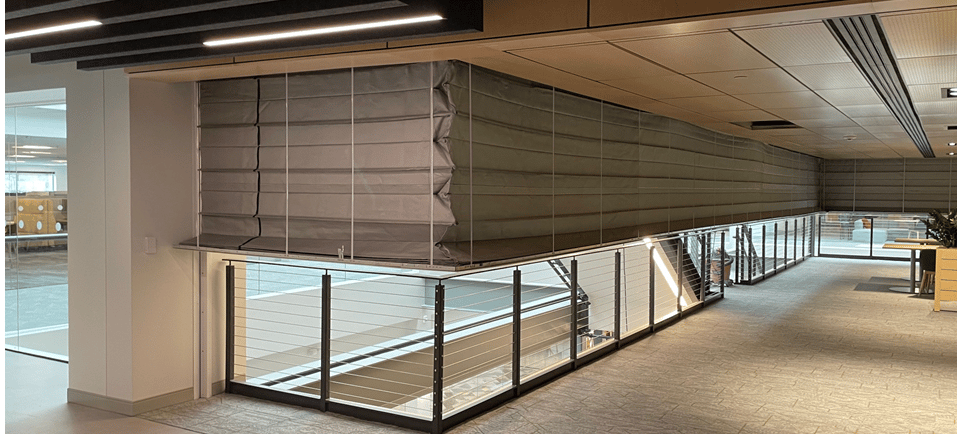Design It Once: The Case for Early Fire + Smoke Curtain Coordination with Smoke Guard
How Pappas Keeps Projects From Going Up in Smoke (Literally)
10/9/20251 min read


How Early Coordination Saves Six Figures — and Your Sanity
At The Pappas Company, we’ve seen it too many times: a project nearing completion when the authority having jurisdiction (AHJ) flags missing smoke protection at elevator lobbies.
By then, the ceilings are finished. The ductwork, lighting, and sprinkler systems are all neatly installed.
The fix?
Tear out hundreds of feet of ceiling
Reroute ductwork and electrical runs
Rebuild bulkheads and soffits
Add unplanned engineering and coordination meetings
Absorb $100,000+ in extra cost and six weeks of schedule pain
All because fire and smoke curtains were treated as an afterthought.
According to the Construction Industry Institute (CII), rework already consumes 4–6% of project budgets — and late fire protection changes are among the most disruptive. The good news? This is entirely avoidable with early integration and trade coordination.
Successful integration happens when all stakeholders coordinate early:
Architects & engineers identify required locations per IBC and NFPA 101.
Fire protection engineers confirm code compliance and UL listings.
Contractors & specialty installers (like Pappas) plan housings, supports, and ceiling layouts.
Manufacturers such as Smoke Guard provide technical data and detailing guidance.
AHJs verify performance — not discover missing systems.
At The Pappas Company, we collaborate directly with design teams and MEP trades to make sure curtain housing, clearances, and supports are built into the structure before framing even begins.
